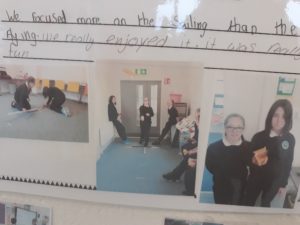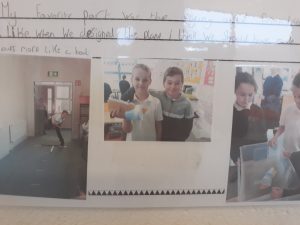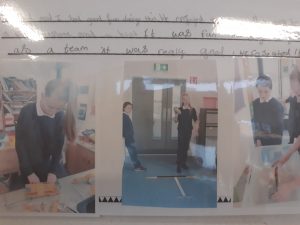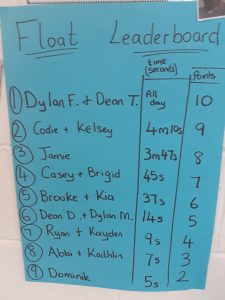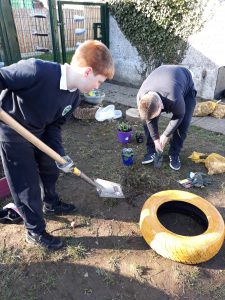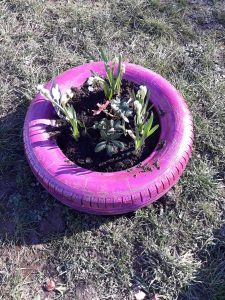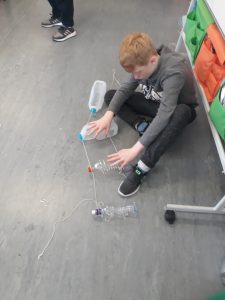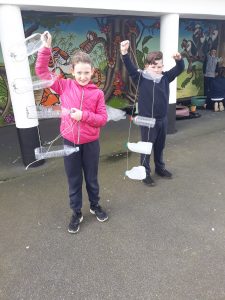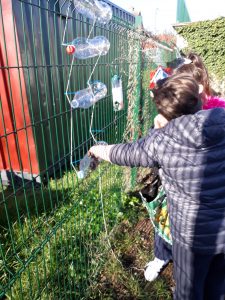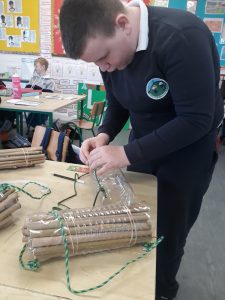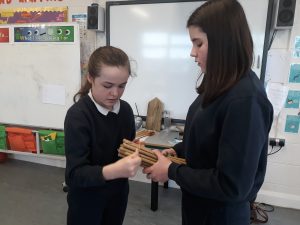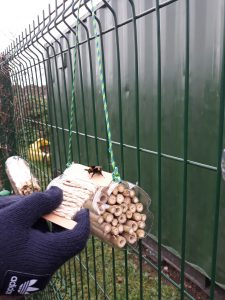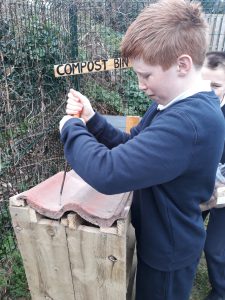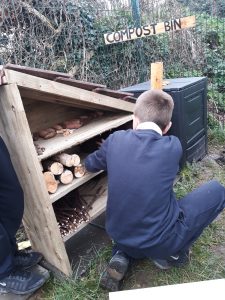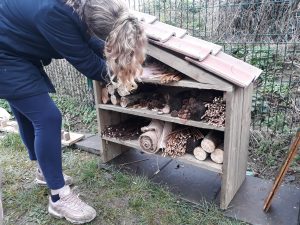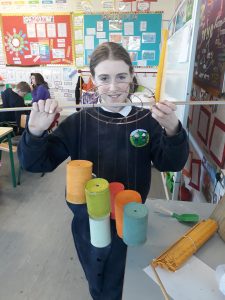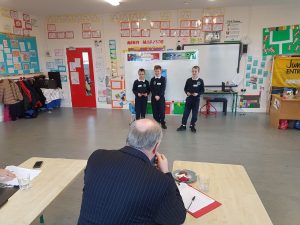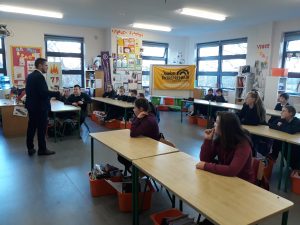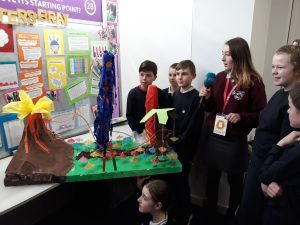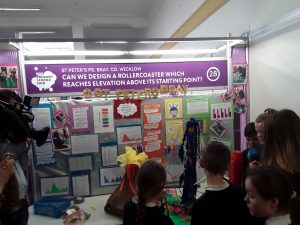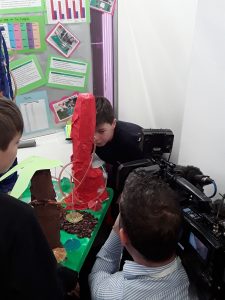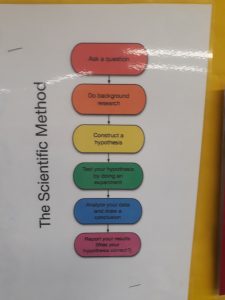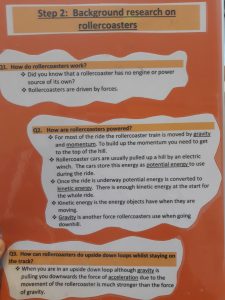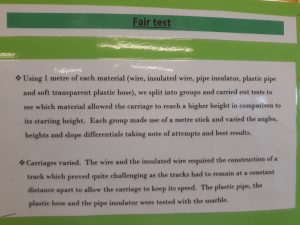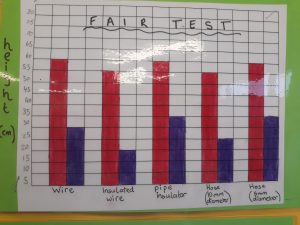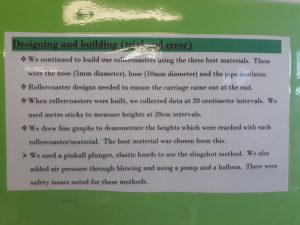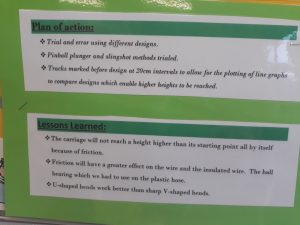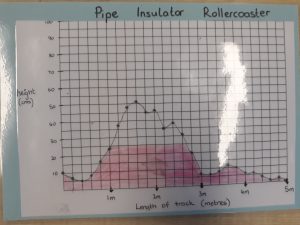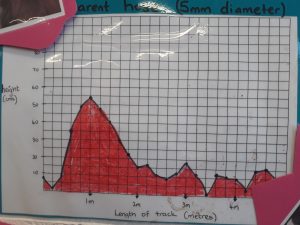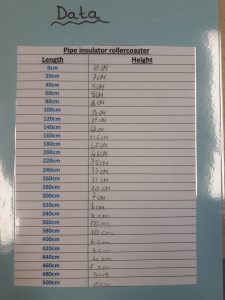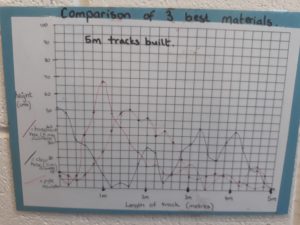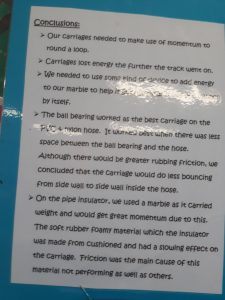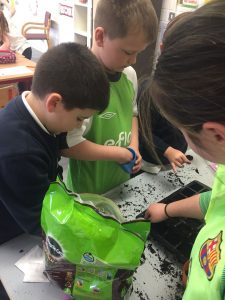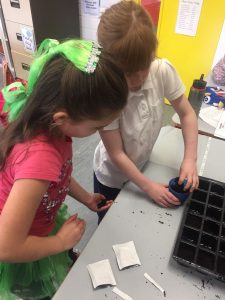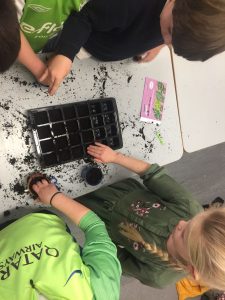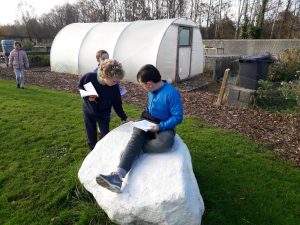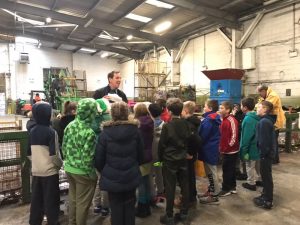 We were delighted to take part in the FIRST Lego League Competition in Galway again this year as part of our Lego Club. This was our third year to enter the competition and we had a brilliant time again.
We were delighted to take part in the FIRST Lego League Competition in Galway again this year as part of our Lego Club. This was our third year to enter the competition and we had a brilliant time again.
There are 3 main elements to the competition – The Project, Core Values and The Robot Game & design
Problem
For the project this year we were asked to look at ways we find, use, transport and dispose of water and how we could improve this. We started looking at all the ways we use water in our lives. At Lego Club we split into groups and listed all the ways we use water every day. Then we wrote as many ideas down on ways we could save water. That’s how we came up with our idea.
Research
Through our research we found lots of interesting facts on water use.
- One full basin of water holds 6 litres
- Leaving the tap running in the kitchen sink uses 8 litres a minute.
Existing Solutions
Through our research we found there are 3 types of water – White Water, Black Water and Grey Water.
- White Water is clean fresh water that comes into our home through pipes.
- Black Water is water we use that we must dispose of – like toilet water.
- Grey Water is water we use that could possibly be reused again.
Our Solution
We developed a solution that looks at saving “Grey Water” from the kitchen sink to reuse again. Not all water could be reused but water left running or water from washing vegetables can be reused.
Our idea started off originally with the idea of having a bowl or cup catch water in the sink but as we began talking about it we started to develop our idea into an under sink tank, splitting the waste pipe and with one switch instead of two.
We would reuse this water to water plants and bushes.
Manufacturing
We decided we wanted to make a prototype of our idea. We made a list of items we might need and took a trip to Woodies to see what we could find. In the plumbing section we compared pipes and fittings. We changed our mind on using a Pedestal Trap which was €12.49 and replaced it with a Double Ended Waste Pipe for €4.79 to keep the cost down. Our Flexi Waste Pipe cost €9.49 each and we picked up a storage box for €6.49
The total cost to manufacture our product from our figures is €30.26 but we reckon we could improve the quality of the water storage container and cut down on the overall cost by buying items directly from the manufacturer.
We would also like to create a bigger version of our idea with an outside storage tank and a pump which could be used to pump water to toilets or be used to water the garden in hotter countries.
Sharing
We have shared our idea with a number of people so far. We spoke with the local council. We also visited St. Kevin’s in Glendalough, who are also taking part in the competition, and shared our idea with them and competed in the FIRST Lego League Competition in Galway.




3. The Robot Game & Design
The third and final part of the competition is the Robot design and robot game. This involves programming the EV3 Lego mindstorm to complete missions around the Lego table. We found the missions challenging but really enjoyable.

